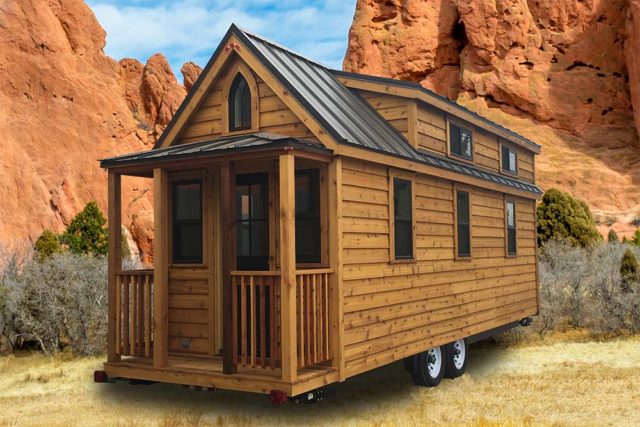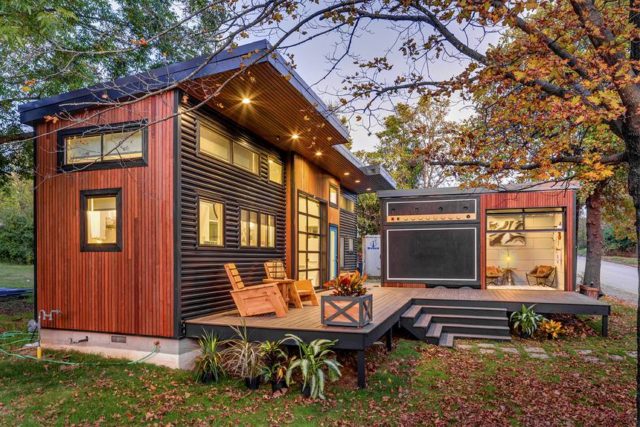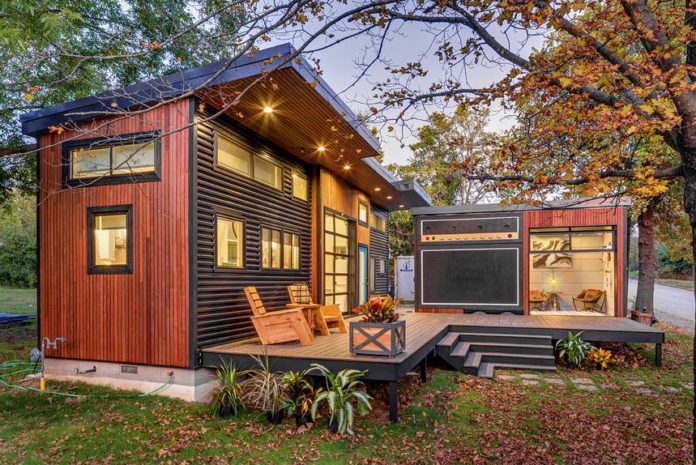Imagine owning a house, being debt-free as well as ecologically conscious in the first quarter of your life.
Can’t relate?
The aforementioned features are just a few of the perks offered by a tiny house. Its meaning lies in its name – a tiny house is typically a house that is equal to or less than 400 square feet.

This concept of downsizing borrows profoundly from the principles of minimalism which emphasizes that less is more.
What’s more is that tiny houses are a feasible alternative to regular homes in terms of financial soundness as they cost about a fifth of the price of a standard home.
Those who prefer to keep their distance from mortgages, maintenance charges, and frequent repairs benefit greatly from a tiny house whose cost-effectiveness is inversely proportional to its size.
The financial crisis of 2008 provided the tiny house movement the necessary impetus to take wing and be brought into the mainstream.
Millennials with families of all sizes are adopting a simpler way of living by opting for tiny houses which, they believe, not only provides financial relief but also helps them rear a close-knit family.

Also Read: What Is The Difference Between A Heroine And An Actress?
Want to explore the world but don’t want to miss out on the feeling of home? Bid goodbye to homesickness with tiny houses on wheels, a concept popularized by Jay Shafer, which facilitate low-cost mobility and living.
In an age which is characterized by consumerist attitudes, tiny homes restore a sense of balance between modernization and nature.
Opting for this mode of living also opens up the prospect of designing a home to suit one’s likes and dislikes, thereby enabling one to personalize their home environment wholly.
Its approach to living is simple but powerful. Storage in tiny houses boils down to needs, which compels tiny-house enthusiasts to make more conscious choices in everyday life.
Most tiny houses are equipped with multi-functional furniture that simultaneously serve two or more purposes. Vertical space is often optimized to suit the occupant’s needs.
All of these factors have combined to give rise to the tiny house revolution which isn’t just an architectural but also a social movement.

What can India learn from this?
The tiny house movement which originated in the United States is yet to take root in India.
India, a country which stands as the second most populous country in the world and is well on its way to beating China, could learn a thing or two from this movement.
Space optimization is the need of the hour, especially in a country like India where we are primed to equate success with maximalization, i.e., the more the bounty, the more of everything, and more.
It seems that we have made it into space but have failed to create the same in our own country.
Overcrowded metropolitan cities like Delhi, Mumbai and Kolkata, which are in dire need of housing that is both affordable and sustainable, could be an important consideration for the development of tiny houses.
Aside from promising an energy-efficient future, tiny homes could also be utilized to relocate the homeless in India and elevate their economic and social standing. Let’s not forget their conscious effort towards making sustainability the norm, and not just a choice.
This simply goes to prove that one could live large even in a tiny house. The question remains: are you willing to make the switch?
Image Credits: Google Images
Sources: Wikipedia, The Tiny Life, Business Insider
Find the blogger: @microrgasm
Other Recommendations:



































This is such a great idea specially for overly crowded cities. People should start looking for a way to implement this to many communities.
Agreed! It opens up a niche market for Indian companies to exploit as well.